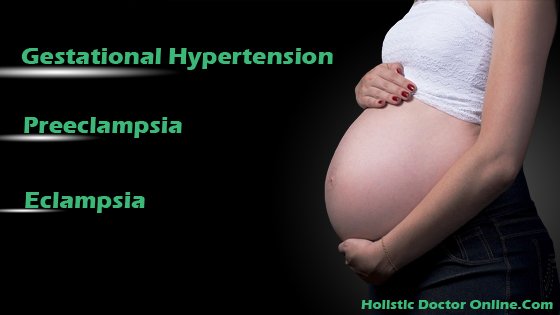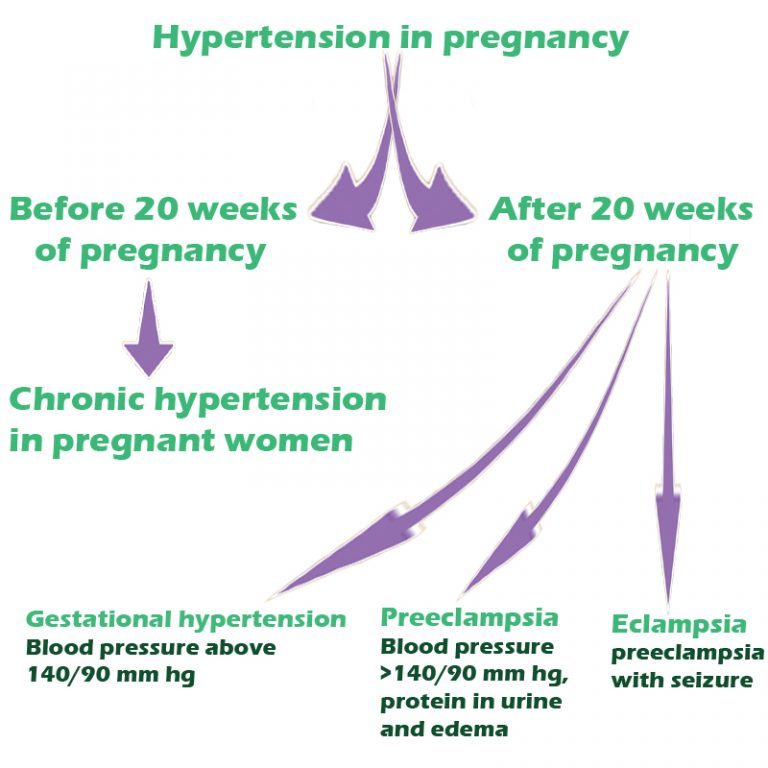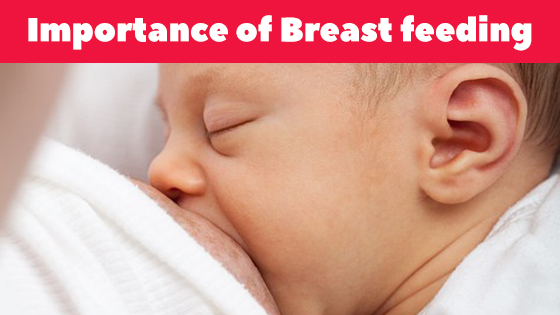Gestational Hypertension (pregnancy induced hypertension)
Gestational hypertension (pregnancy induced hypertension), preeclampsia and eclampsia are commonly encountered medical complications in pregnant women, after 20 weeks of pregnancy. If the woman is already suffering from hypertension it is called chronic hypertension in pregnancy.
These conditions produce high morbidity and mortality in the fetus (baby) and mother.
What is Gestational Hypertension (PIH)?
When a pregnant woman develops high blood pressure (above 140/90 mm of Hg) after 20 weeks of gestation (pregnancy) without both protein in urine and edema (swelling of the face, legs and hands), she is said to be suffering from Gestational hypertension.
What is preeclampsia?
When a pregnant woman, after 20 weeks of pregnancy develops the triad of signs (3 main signs) namely Hypertension, protein in the urine (proteinuria) and edema, she is said to be suffering from preeclampsia.
Preeclampsia can be mild (when blood pressure is from 140/90 up to 159/119) or severe (when blood pressure is above 160/110 mm of Hg).
What is Eclampsia?
Eclampsia is a complication of severe preeclampsia where the pregnant woman develops convulsions (seizures or through fits).
25% of patients develop convulsions before delivery.
50% may develop during delivery.
25% may have seizures after delivery.
Preeclampsia and eclampsia are together called as Toxemia of pregnancy.
What is HELLP syndrome?
Preeclampsia with haemolysis (destruction of blood), Elevated Liver enzymes and low platelets counts is called HELLP syndrome. It is a complication of preeclampsia.
What are the causes of Gestational hypertension/preeclampsia/eclampsia?
- First-time pregnancy (nulliparous woman or prime). Can occur in second pregnancy also.
- Age: Getting pregnant before 18 years or after 35 years.
- Multiple gestations like twins and triplets.
- Abnormal placenta.
- Previous history of Preeclampsia. Having family history of preeclampsia.
- Heredity.
- Having other diseases like chronic hypertension, diabetes, chronic kidney disease and high cholesterol levels.
How does the disease develop? (pathophysiology)
When fetal trophoblasts do not invade deep enough into the mothers utrine wall, spiral arteries may not dilate fully. This increases the resistance to blood flow to the placenta. This leads to fetal hypoxia (not enough oxygen and nutrients to the fetus). This leads to the release of antiangiogenic factors and inflammatory mediators. This induces generalized endothelial damage and hypertension.
Signs and symptoms of Gestational Hypertension
Gestational hypertension may not show any symptoms. Patients may have a mild headache.
Blood pressure may be above 140/90 mm of Hg. Urine protein will be absent. Edema may be there as it is common in pregnancy.
Signs and symptoms of preeclampsia:
In preeclampsia patients may have a severe headache, blurred vision, fatigue, nausea/vomiting, pain abdomen and giddiness. Edema of nondependent area like face, hands and legs seen.
In severe preeclampsia, blood pressure may be very high (above 160/110 mm of Hg). Along with the above symptoms patients may have reduced urine output, breathlessness (shortness of breath) due to fluid collection in lung tissue, sudden weight gain and liver disorder.
Signs and symptoms of eclampsia
It is a complication of preeclampsia.
Along with the symptoms of preeclampsia, the pregnant woman may have seizures (convulsions). They may be disoriented and at times become unconscious. Sometimes it may be fatal for the baby and mother.
What are the investigations to be done
Tests for Gestational hypertension
Regular Blood pressure monitoring: Blood pressure above 140/90mm of Hg
Routine blood investigations like blood sugar and cholesterol to rule out other diseases.
Urine analysis for protein: No protein in the urine.
Blood liver and kidney functions: may be normal.
Investigations (tests) for preeclampsia and eclampsia
More frequent blood pressure monitoring.
Blood tests as given above and 24 hours urine protein estimation: more than 300 mg / 24 hours or more than 1+ in a single urine sample.
Frequent blood count and Platelet count to find out thrombocytopenia.
Ultra sound scanning of the uterus to assess’ fetal growth and heart rate.
Ultrasound thorax to find out lung congestion (pulmonary edema) and
Utrine artery Doppler can be done.
Treatment
Delivery of the baby is the only treatment.
Treatment of gestational hypertension (pregnancy induced hypertension)
Salt restricted diet and rest. Mild hypertension is good for the baby. Sudden reduction of blood pressure to be avoided. For severe hypertension anti- hypertension drugs can be given.
Treatment for preeclampsia
Salt restriction and bed rest in lateral position (lying on sides) to avoid the weight of the baby on main blood vessels.
If the baby is mature, plan for delivery.
If blood pressure is very high anti hypertension drugs can be started.
Nifedipine or methyldopa can be given orally. Labetalol can be given intravenously or Hydralazine IV or IM can be given.
Angiotensin converting enzyme (ACE) inhibitors and angiotensin receptor blockers and atenolol are contra indicated.
Magnesium sulfate infusion to be started to prevent seizures.
Treatment of Eclampsia
Magnesium sulfate 4-gram loading can be given intravenously (IV) followed by infusion of 1-3 grams/hour to control seizures or injection diazepam can be given slowly intravenously.
Induce delivery or go for cesarean delivery.
The blood pressure and signs and symptoms of these diseases will disappear within 4 to 6 weeks after the delivery of the fetus.
View similar articles here:








